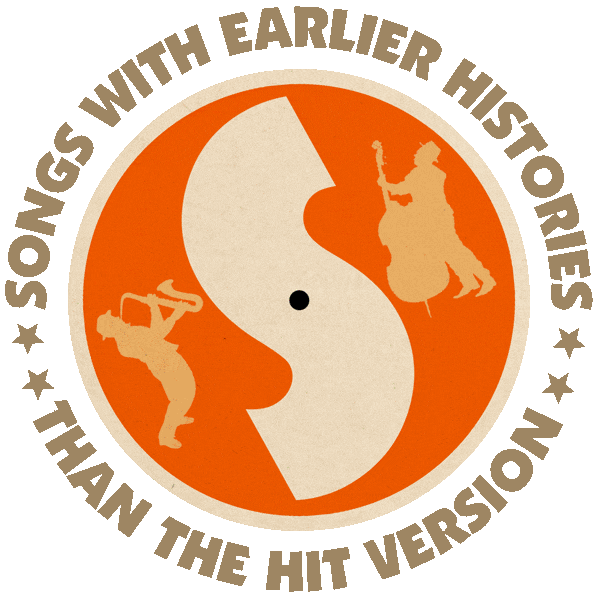First recorded by Richard Himber & His Ritz-Carlton Orchestra (1934).
Popular versions by Guy Lomabardo’s Royal Canadians (US #2 1934), Ted Weems & His Orchestra (US #13 1934), Johnny Mercer & The Pied Pipers (US #4 1946), Perry Como & the Satisfiers (US #10 1946), Johnny Mathis (UK #17 1958), Darlene Love (1963), Ramsey Lewis (US #27 1966).
From the wiki: “‘Winter Wonderland’, a winter song by design is, instead, popularly regarded as a Christmas song even though the holiday itself is never mentioned in the lyrics. It was written in 1934 by Felix Bernard (music) and Richard B. Smith (lyricist). Smith, a native of Honesdale, Pennsylvania, was reportedly inspired to write the song after seeing Honesdale’s Central Park covered in snow. Smith wrote the lyrics while in the West Mountain Sanitarium, being treated for tuberculosis.
“The original recording was by Richard Himber and his Hotel Ritz-Carlton Orchestra on RCA Bluebird in 1934. At the end of a recording session with time to spare, it was suggested that this new tune be tried with an arrangement provided by the publisher. Himber’s ‘studio’ orchestra included many great New York studio musicians who later found great fame as individual stars, including Benny Goodman, Tommy Dorsey, and Artie Shaw.

